MotoGP: The life of a “racing” mechanic
"You can only stay in this world if you have passion and if you like it" says Christophe Leonce, Chief Mechanic of Pol Espargaró
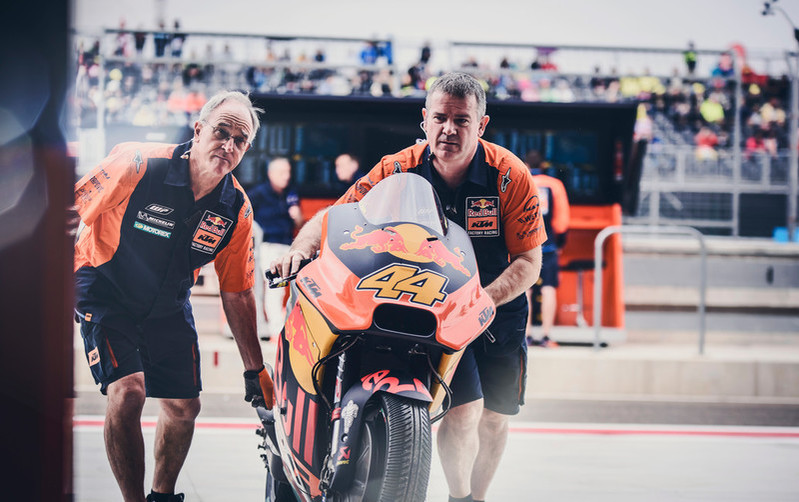
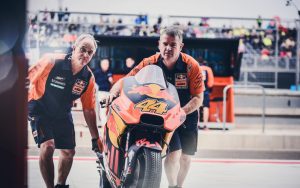
MotoGP Mechanics – Observing the world of MotoGP from the outside, we often stop to think and talk only about the visible part of the paddock, we often observe riders who perform feats at the limits of the imaginable or team managers who are firm on their decisions and inscrutable as to what they are their fears and worries during the races, but in reality there is a whole "undergrowth" inside the paddock that works incessantly to give the drivers the opportunity to do business and the team managers to sleep soundly.
Today, taking advantage of the interview conducted by the KTM blog, we want to pay homage to one of those categories that work quietly, away from prying eyes: mechanics.
From the outside, life in the paddock is always fascinating, but the harsh reality is that those in the industry spend months traveling around the world, which might be envied by many, but which is actually harder than you might imagine: “Watching TV it seems super exciting but we are often in a cycle of hotel-circuit-moto. It's a routine, it's almost like a normal job in the end. You can only stay in this world if you have passion and if you like it. It's hard and you need a lot of patience to work for many years in this world."– says Christophe Leonce Chief Mechanic of Pol Espargaró.
The Chief Mechanic recounts a typical race weekend: “So we arrive at the circuit on Wednesday morning around 8-9 am and start building the garage. We usually finish before lunch time. In the afternoon, we start the bikes. One of the two bikes will be completely stripped, cleaned, checked and updated with new parts. We follow a test sheet for the build and before we start assembling it on Thursday, Jenny, our data engineer, checks all the sensors. After starting the bike we check everything again. On Friday, Saturday and Sunday we always do the same procedures: arriving at the circuit, leaving and checking the bikes – things like: sensors, electronic parts, brakes and clutch every day – then jobs like emptying and weighing the tank. Thirty minutes before the free practice session we fill the bike with fuel again, but leave the "transport" tires, which are the tires we use to move them; the race tires remain in the rear part of the garage inside the tyrewarmers. The last check also concerns the IT system. Finally, we change the tires for the race and then the bike is ready to go.".
Christophe Leonce, who boasts over 30 years of experience in the MotoGP, also explains what the most stressful days are: “Qualifying and free practice can be a little more stressful because you don't want to make mistakes and you have to be smart and attentive to what could happen. You have to be ready for anything before it happens! Wednesday and Thursday are the busiest days, after that it's a matter of maintenance and small improvements. When you send kids out on the track, you should eliminate any problems with controls, but you can never reduce the risk to zero; you can never have everything under full control in motorsport.”
The mechanic explains to us how the bikes are moved at the end of the weekend: “The motorcycle is transported as is. We don't disassemble it, but we have to be careful because the engine uses a pneumatic valve system so we have to use a transport "bottle" which is a tank with low pressure air inside to keep the valves in position. Without this system you risk breaking the valves. That's basically the only measurement we take. There is no fuel in the motorcycle but the water remains. We do everything together as a team and that's nice and fast."
if you want to always be updated on our news
Follow us here
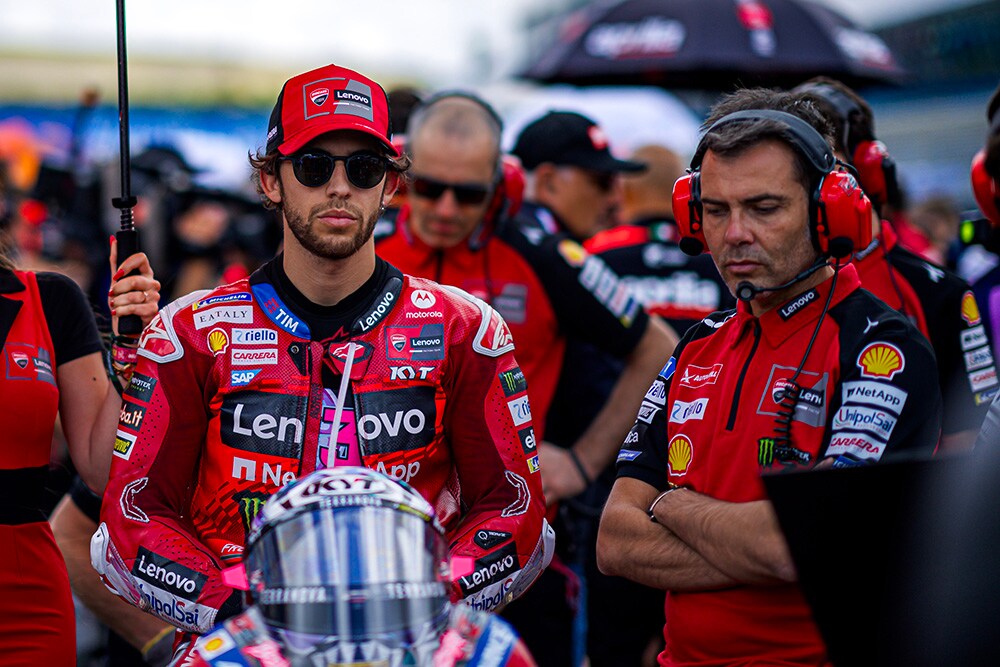
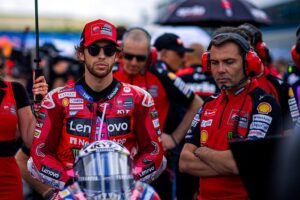
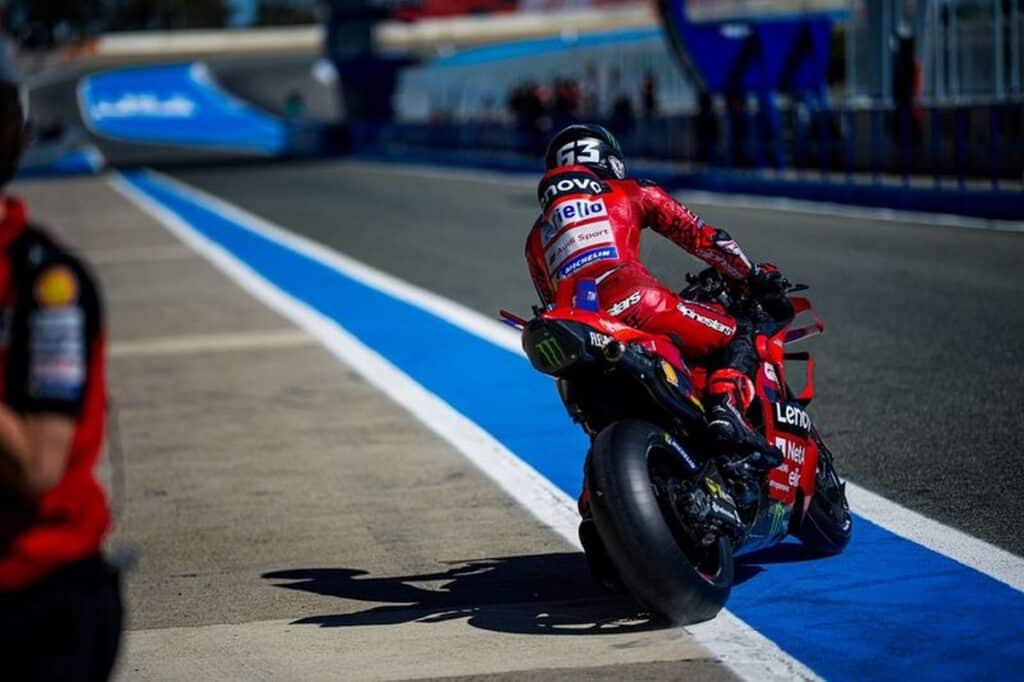
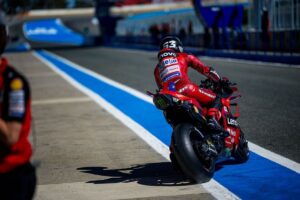
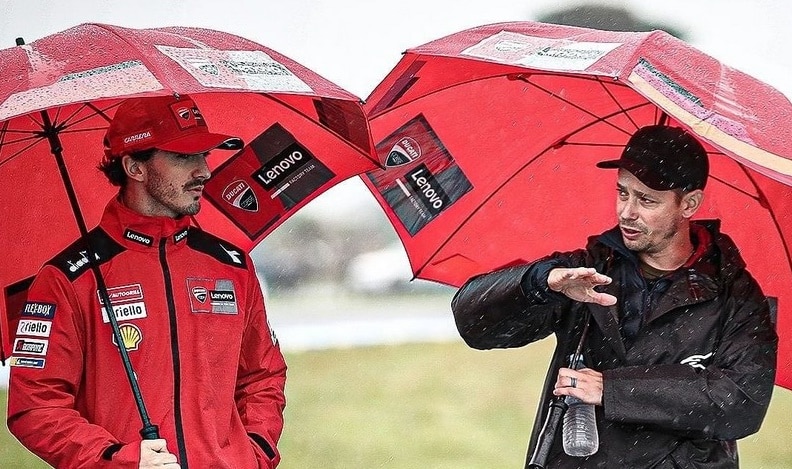
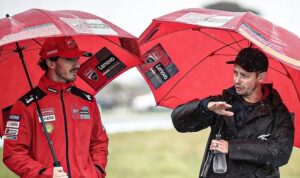
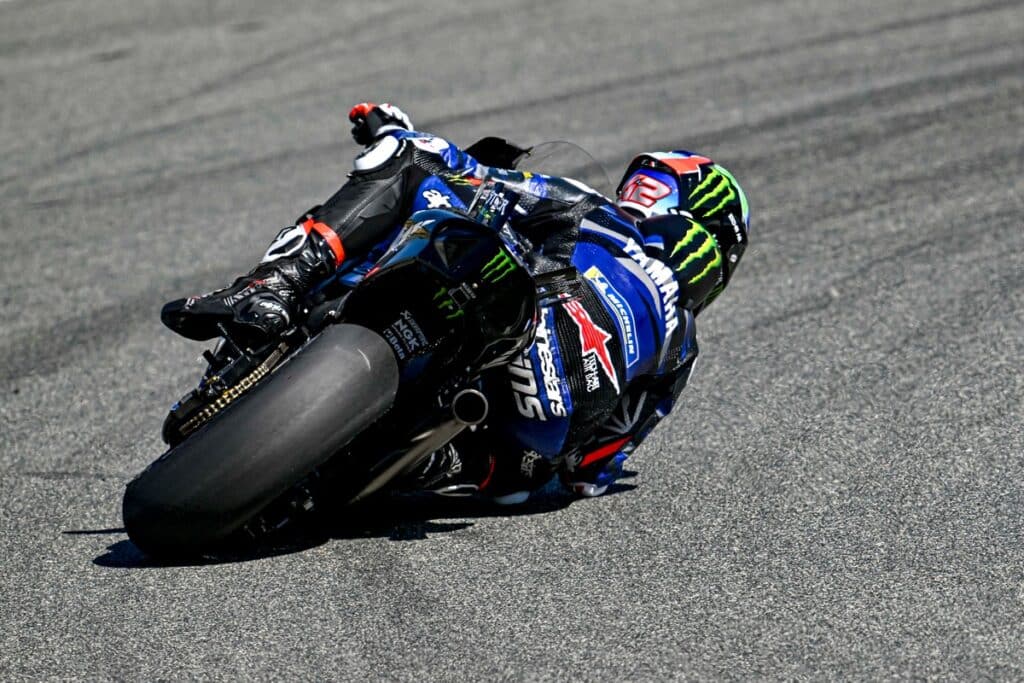
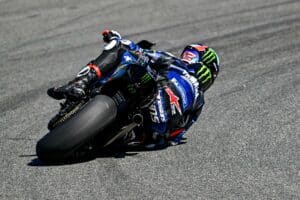
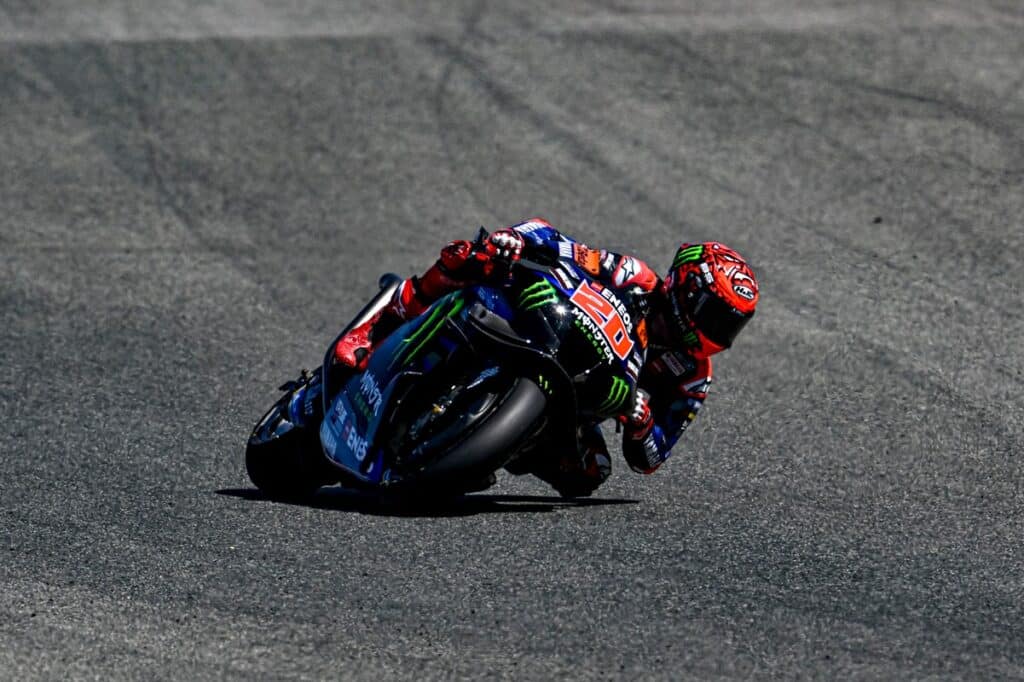
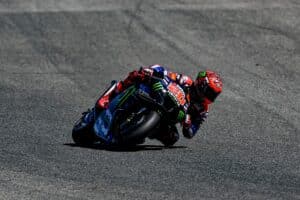
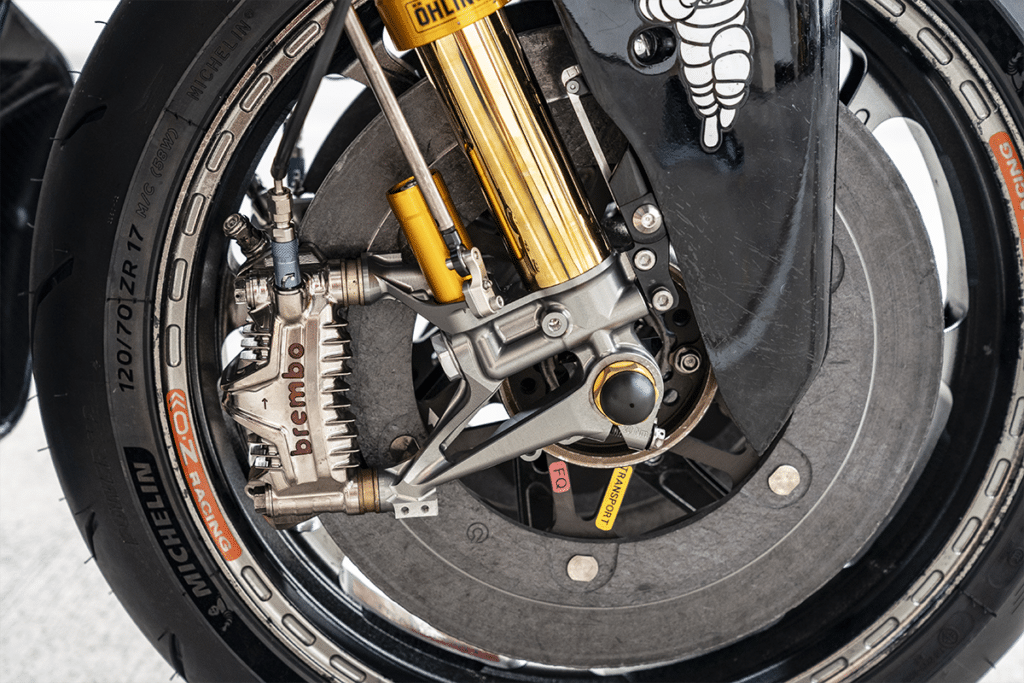
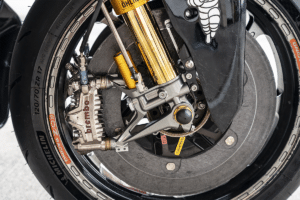
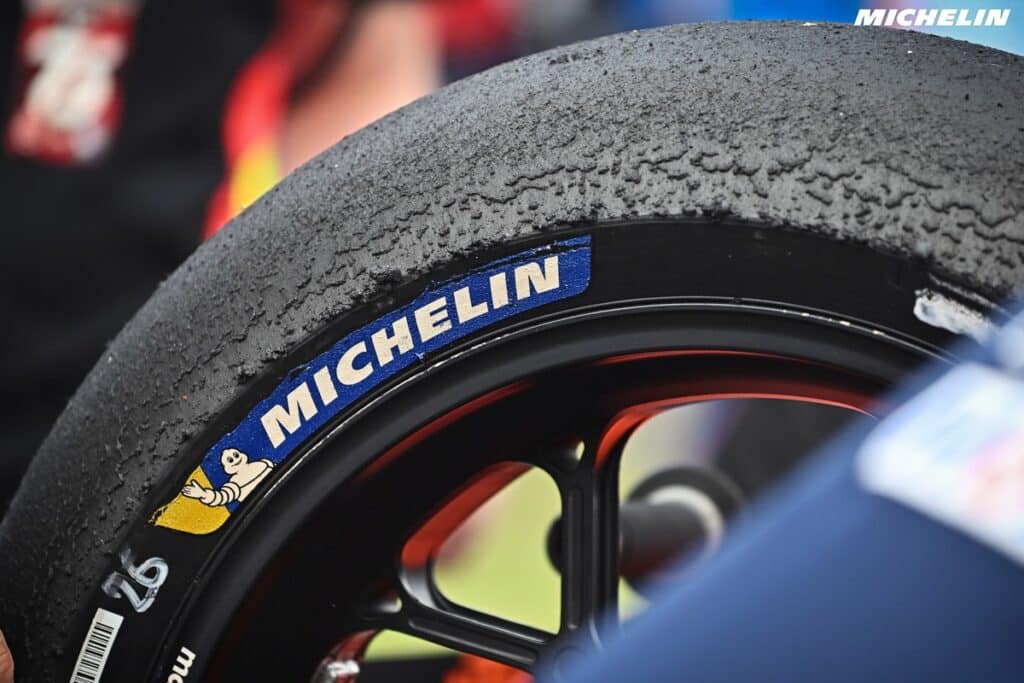
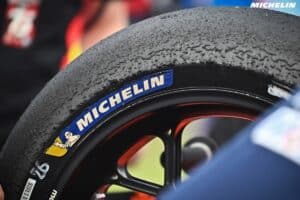
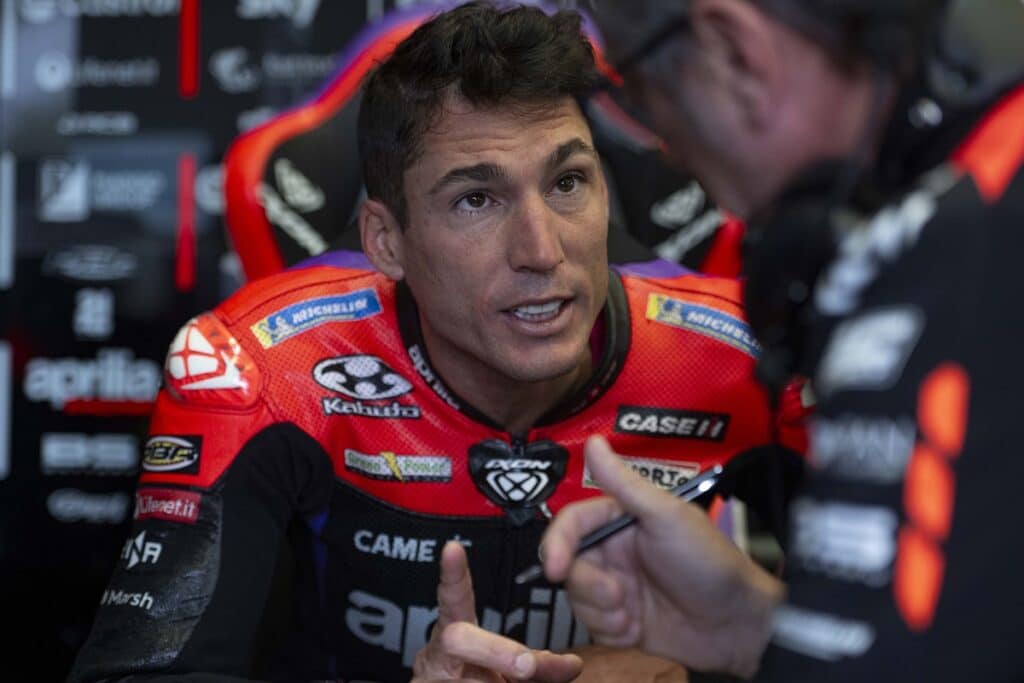














You must be logged in to post a comment Login